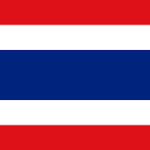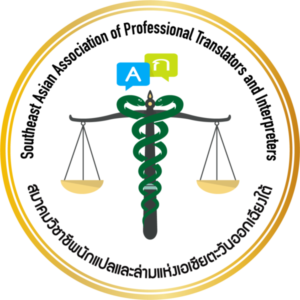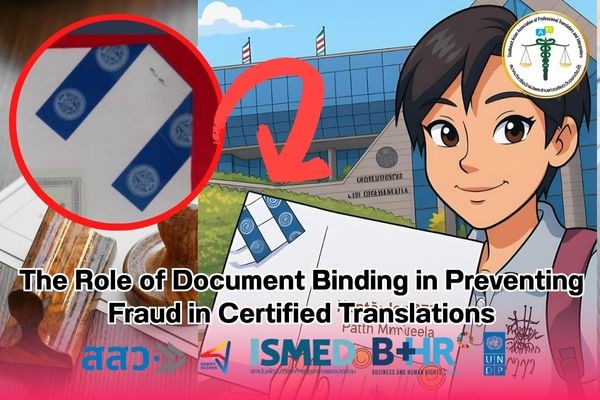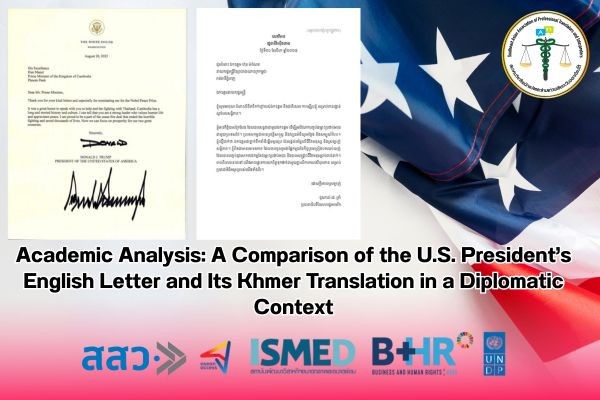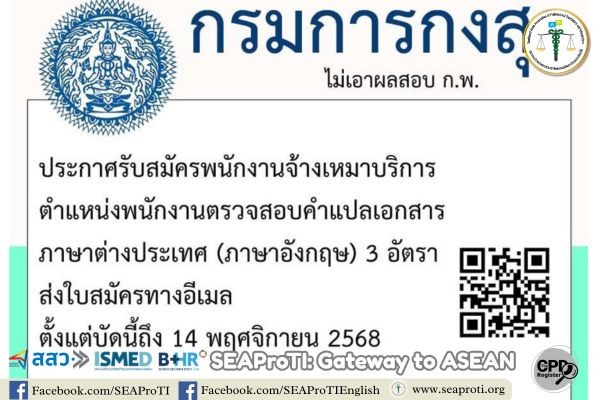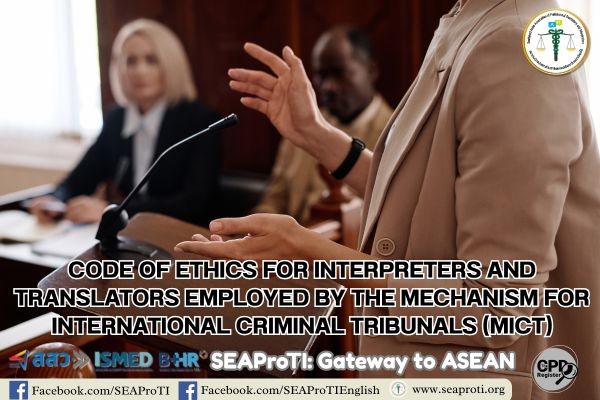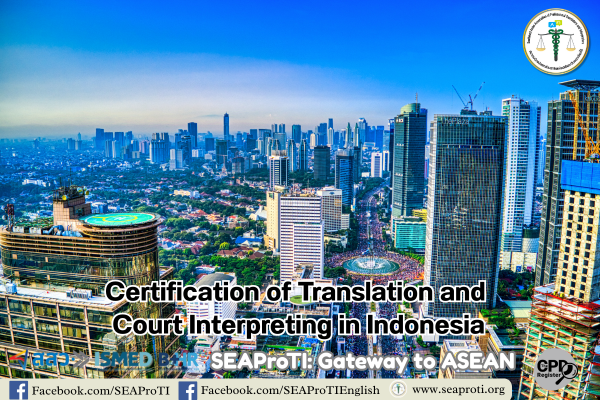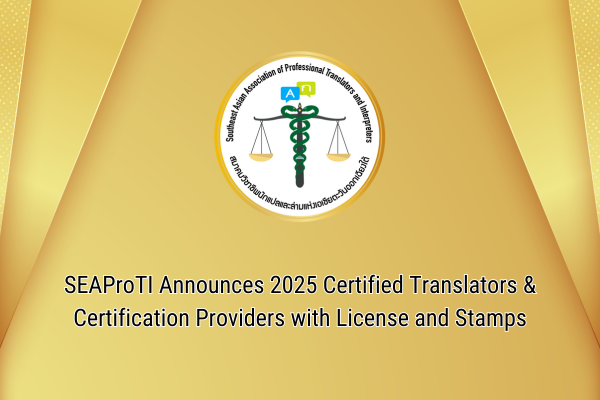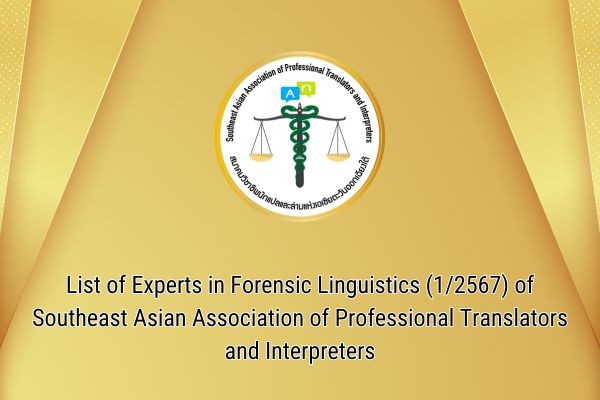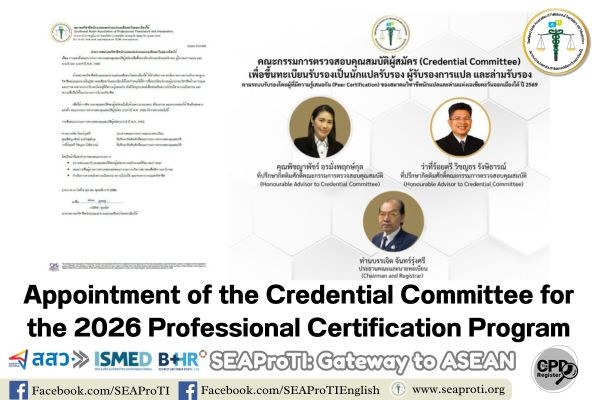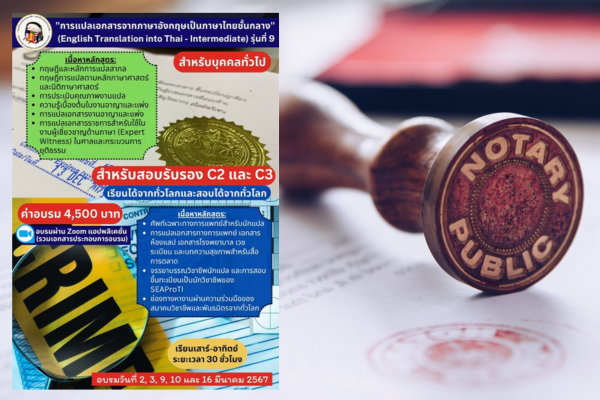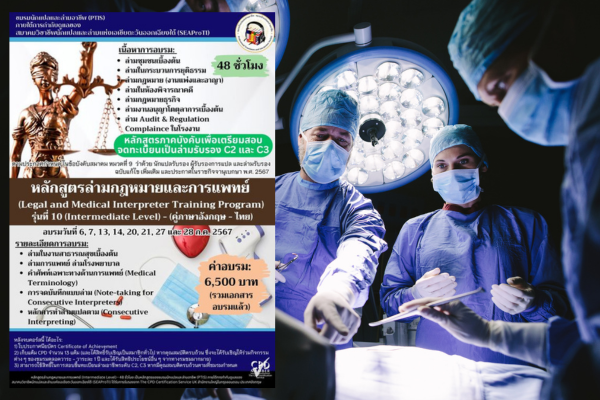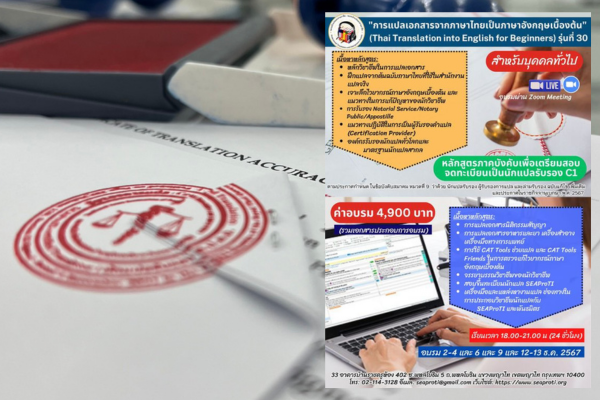The Role of Document Binding in Preventing Fraud in Certified Translations
30 June 2025, Bangkok – Certified translations are required for administrative, legal, and official purposes where foreign-language documents must be accepted by state agencies. Binding certified translations—by stapling or stitching source documents together with their translations and placing a signature or seal across the binding—serves as a simple yet effective physical safeguard against fraud and tampering. This article explores the legal and administrative rationale for such a practice and examines its role in maintaining the integrity of certified translations. Drawing from practices in Thailand and international standards, the paper argues that binding translated documents should be formally adopted as a professional and regulatory norm.
1. Introduction
In administrative and legal proceedings, documents written in a foreign language must be translated and certified to be accepted by state authorities (Office of the Council of State, 1999). In jurisdictions where translation certification is not tightly regulated, certified translations can be vulnerable to misuse—such as being paired with forged originals or altered after issuance. Binding the certified translation to its original document is a basic yet effective mechanism for ensuring document integrity.
2. Concept and Practice
Document binding involves physically attaching the original document and its translation as a single set using staples, thread, or similar means, with a seal or signature placed across the binding. This serves to authenticate the complete set and make it difficult to separate or tamper with any individual page without leaving visible evidence (SEAProTI, 2024).
3. Role in Fraud Prevention
3.1 Preventing Document Substitution
Unscrupulous actors may attempt to attach a certified translation to a forged original. Binding the translation with the actual source document helps ensure that only the correct pair is used (Pym, 2004).
3.2 Enabling Physical Verification
A signature or seal across the bound edge makes tampering visible to the naked eye. This enhances the credibility of the translation in legal and administrative processes (Mikkelson & Jourdenais, 2015).
3.3 Reducing Misuse of Certified Translations
Without binding, a certified translation might be misappropriated for use by someone other than the rightful document holder. Binding limits the translation’s use to the attached original.
4. International Standards
In several countries, such as Germany, France, and Japan, court-certified translators are required to bind source and translated documents together and seal or sign across the binding. This creates a “sealed translation” suitable for submission to courts and government agencies (Austermuehl, 2019).
5. Conclusion and Recommendations
Binding certified translations is a low-cost, high-impact practice that significantly enhances the security and authenticity of official translations. It should be formalized in administrative guidelines and promoted through training among professional translators. Regulatory authorities are encouraged to adopt this practice as part of national translation certification standards.
References
- Austermuehl, F. (2019). The Ethics of Translation: Conflicts and Dilemmas. Routledge.
- Mikkelson, H., & Jourdenais, R. (2015). The Routledge Handbook of Interpreting. Routledge.
- Pym, A. (2004). The Moving Text: Localization, Translation, and Distribution. John Benjamins.
- SEAProTI. (2024). Professional Guidelines on Certified Translation and Notarization Standards in Southeast Asia. Southeast Asia Professional Translators and Interpreters Association.
- Office of the Council of State. (1999). Explanation of the Administrative Procedure Act B.E. 2539 (1996). Bangkok: Office of the Council of State.
SEAProTI’s certified translators, translation certification providers, and certified interpreters:
The Southeast Asian Association of Professional Translators and Interpreters (SEAProTI) has officially announced the criteria and qualifications for individuals to register as “Certified Translators,” “Translation Certification Providers,” and “Certified Interpreters” under the association’s regulations. These guidelines are detailed in Sections 9 and 10 of the Royal Thai Government Gazette, issued by the Secretariat of the Cabinet under the Office of the Prime Minister of the Kingdom of Thailand, dated July 25, 2024, Volume 141, Part 66 Ng, Page 100.
To read the full publication, visit: the Royal Thai Government Gazette
บทบาทของการเย็บมุมเอกสารแปลที่ได้รับการรับรองในการป้องกันการทุจริต
การแปลเอกสารเพื่อใช้ในทางราชการ กฎหมาย หรือนิติกรรม จำเป็นต้องมีการรับรองคำแปลจากนักแปลหรือหน่วยงานที่มีอำนาจ การเย็บมุมเอกสารแปลที่ได้รับการรับรองคำแปลแล้ว เป็นกลไกสำคัญที่ช่วยป้องกันการทุจริตและการปลอมแปลงเอกสาร โดยเฉพาะในระบบที่ยังไม่มีการควบคุมการรับรองคำแปลอย่างเข้มงวด บทความนี้วิเคราะห์บทบาทและประโยชน์ของการเย็บมุมเอกสารจากมุมมองด้านกฎหมาย กระบวนการทางปกครอง และมาตรฐานการแปลสากล พร้อมอ้างอิงแนวทางปฏิบัติในประเทศไทยและต่างประเทศ เพื่อเสนอแนวทางการใช้การเย็บมุมเป็นเครื่องมือทางนโยบายในการเพิ่มความปลอดภัยของเอกสารแปลรับรอง
1. บทนำ
ในกระบวนการทางกฎหมายและการบริหารราชการแผ่นดิน เอกสารที่จัดทำขึ้นเป็นภาษาต่างประเทศจะต้องมีการแปลและรับรองคำแปลเพื่อให้หน่วยงานรัฐยอมรับ (สำนักงานคณะกรรมการกฤษฎีกา, 2542) การแปลที่ไม่มีการควบคุมหรือการป้องกันความปลอดภัยอย่างเพียงพอ อาจถูกนำไปใช้ในทางที่มิชอบ เช่น การแนบกับเอกสารต้นฉบับปลอม หรือการดัดแปลงเนื้อหาในภายหลัง การเย็บมุมเอกสารแปลที่รับรองคำแปลแล้วจึงเป็นวิธีทางกายภาพที่ง่ายแต่มีประสิทธิภาพในการป้องกันการทุจริต
2. หลักการและแนวทางปฏิบัติ
การเย็บมุมเอกสารที่ประกอบด้วยเอกสารต้นฉบับภาษาต่างประเทศและคำแปล เป็นวิธีผูกเอกสารให้รวมเป็นฉบับเดียว พร้อมลงลายมือชื่อหรือประทับตราของผู้รับรองคำแปลบริเวณรอยเย็บ เพื่อแสดงว่าเอกสารทุกหน้าได้รับการรับรองในชุดเดียวกัน (SEAProTI, 2024) หากมีการแยกหน้าใดออก จะส่งผลให้เอกสารชุดนั้นขาดความสมบูรณ์ และไม่สามารถใช้เป็นเอกสารทางการได้
3. บทบาทในการป้องกันการทุจริต
การเย็บมุมมีบทบาทสำคัญในหลายประเด็น ดังนี้:
3.1 ป้องกันการแนบเอกสารปลอม
ผู้ไม่สุจริตอาจนำคำแปลที่รับรองแล้วไปแนบกับต้นฉบับฉบับอื่นที่ถูกปลอมแปลง การเย็บมุมช่วยผูกคำแปลกับต้นฉบับที่แท้จริง (Pym, 2004)
3.2 ตรวจสอบได้ทางกายภาพ
การเย็บมุมคลุมตราประทับหรือลายเซ็นทำให้สามารถตรวจสอบร่องรอยการแก้ไขหรือถอดแยกได้ด้วยตาเปล่า ซึ่งมีผลต่อความน่าเชื่อถือของเอกสาร (Mikkelson & Jourdenais, 2015)
3.3 ลดโอกาสการสวมสิทธิ
ในบางกรณี เอกสารแปลรับรองอาจถูกนำไปใช้ซ้ำกับผู้อื่นที่ไม่มีสิทธิ การเย็บมุมช่วยให้คำแปลใช้ได้กับต้นฉบับนั้นๆ เพียงฉบับเดียว
4. แนวทางสากล
ในหลายประเทศ เช่น เยอรมนี ฝรั่งเศส และญี่ปุ่น มีแนวทางที่กำหนดให้นักแปลรับรองต้องเย็บเอกสาร และประทับตราหรือเซ็นกำกับรอยเย็บ เพื่อสร้างเอกสารที่ “ปิดผนึก” (sealed translation) และใช้เป็นหลักฐานในศาลหรือในกระบวนการยื่นขอเอกสารราชการ (Austermuehl, 2019)
5. บทสรุปและข้อเสนอแนะ
การเย็บมุมเอกสารแปลที่ได้รับการรับรองคำแปลแล้ว เป็นวิธีการที่มีประสิทธิภาพในการป้องกันการทุจริตและการปลอมแปลงในระดับเอกสาร ซึ่งมีต้นทุนต่ำแต่สามารถเพิ่มความน่าเชื่อถือในระดับสูงได้ ควรมีการกำหนดให้เป็นแนวทางบังคับในคู่มือราชการหรือกฎกระทรวงที่เกี่ยวข้อง และจัดอบรมผู้แปลให้รับทราบวิธีปฏิบัติที่ถูกต้อง
บรรณานุกรม
- Austermuehl, F. (2019). The Ethics of Translation: Conflicts and Dilemmas. Routledge.
- Mikkelson, H., & Jourdenais, R. (2015). The Routledge Handbook of Interpreting. Routledge.
- Pym, A. (2004). The Moving Text: Localization, Translation, and Distribution. John Benjamins.
- SEAProTI. (2024). Professional Guidelines on Certified Translation and Notarization Standards in Southeast Asia. Southeast Asia Professional Translators and Interpreters Association.
- สำนักงานคณะกรรมการกฤษฎีกา. (2542). คำอธิบายพระราชบัญญัติวิธีปฏิบัติราชการทางปกครอง พ.ศ. 2539. กรุงเทพฯ: สำนักพิมพ์สำนักงานคณะกรรมการกฤษฎีกา.
เกี่ยวกับนักแปลรับรอง ผู้รับรองการแปล และล่ามรับรองของสมาคมวิชาชีพนักแปลและล่ามแห่งเอเชียตะวันออกเฉียงใต้
สมาคมวิชาชีพนักแปลและล่ามแห่งเอเชียตะวันออกเฉียงใต้ (SEAProTI) ได้ประกาศหลักเกณฑ์และคุณสมบัติผู้ที่ขึ้นทะเบียนเป็น “นักแปลรับรอง (Certified Translators) และผู้รับรองการแปล (Translation Certification Providers) และล่ามรับรอง (Certified Interpreters)” ของสมาคม หมวดที่ 9 และหมวดที่ 10 ในราชกิจจานุเบกษา ของสำนักเลขาธิการคณะรัฐมนตรี ในสำนักนายกรัฐมนตรี แห่งราชอาณาจักรไทย ลงวันที่ 25 ก.ค. 2567 เล่มที่ 141 ตอนที่ 66 ง หน้า 100 อ่านฉบับเต็มได้ที่: นักแปลรับรอง ผู้รับรองการแปล และล่ามรับรอง
